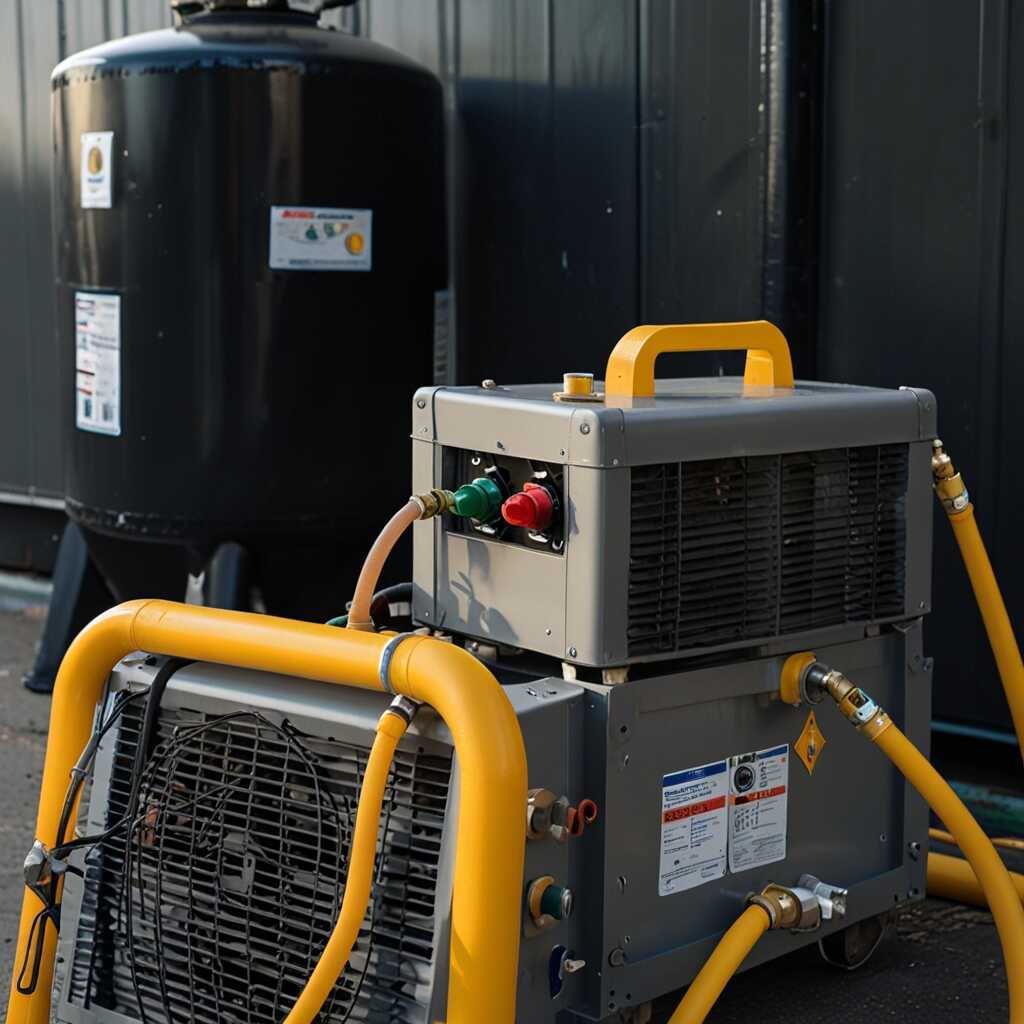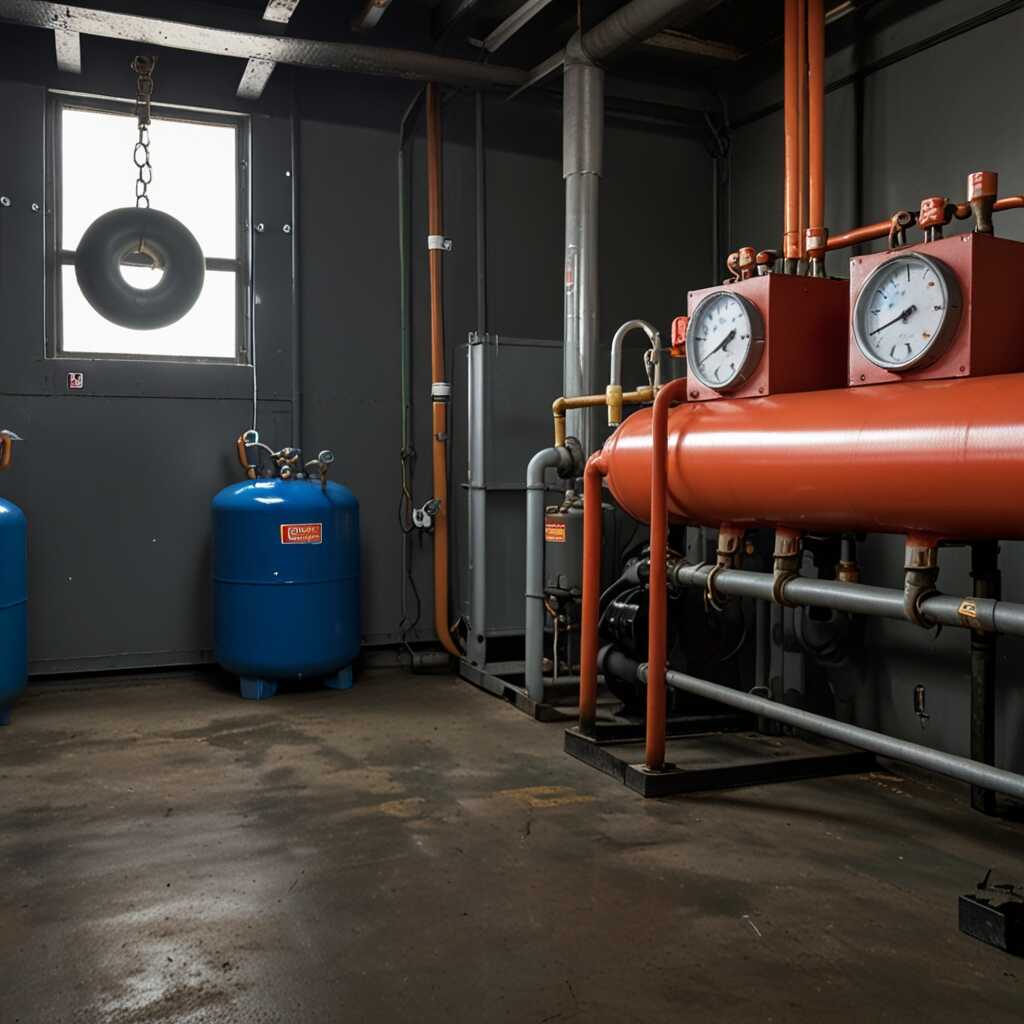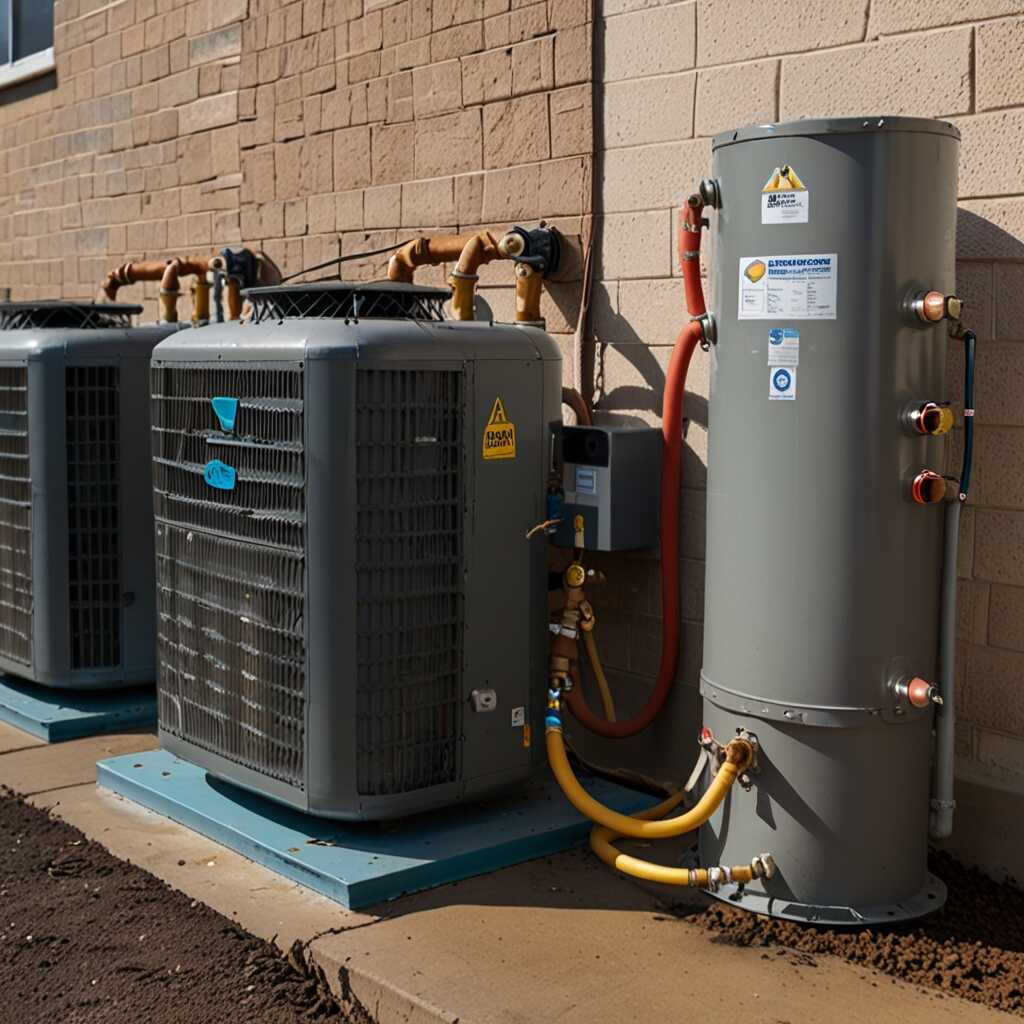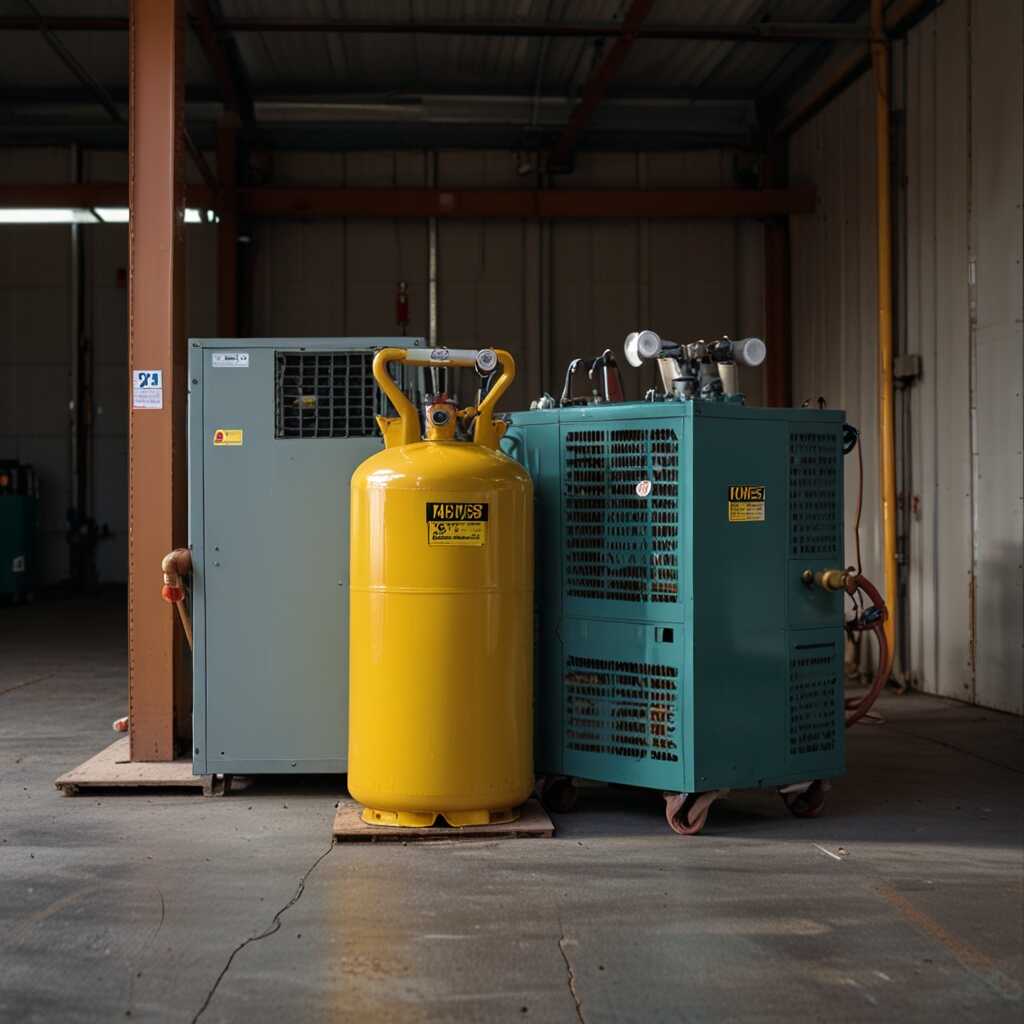Choosing the right refrigerant recovery machines for different HVAC systems is essential for optimal performance and compliance. Selecting equipment tailored to specific systems ensures effective refrigerant management and enhances operational efficiency. Refrigerant Recovery Pro aims to assist HVAC professionals in making informed decisions by providing expert guidance on equipment options and regulatory support. With extensive knowledge and experience, we help users navigate the complexities of refrigerant recovery practices.
Essential Functions of Refrigerant Recovery Machines Explained
Refrigerant recovery machines are crucial for HVAC professionals as they safely recover refrigerant from systems. Their essential functions include extracting refrigerant quickly and efficiently while ensuring compliance with environmental regulations. When selecting a machine, consider factors like recovery efficiency, reliability, and compatibility with different HVAC systems. Research reviews and comparisons of popular models to find the best option for your needs. For instance, machines designed to handle both high and low-pressure systems provide versatility and adaptability. Notable examples include those from trusted brands that demonstrate reliable performance across various HVAC applications.
Key Features to Look For in Refrigerant Recovery Machines
When evaluating refrigerant recovery machines, focus on key features that enhance performance and reliability. Look for units with high recovery efficiency rates that can handle multiple refrigerant types, ensuring versatility in your operations. Evaluate the machine’s durability and ease of use, as features like lightweight construction and intuitive controls can significantly improve technician experience. Additionally, invest in machines that offer excellent testing results, demonstrating proven performance in real-world applications. Quality brands provide warranties and support, ensuring you have backup in case of issues, which enhances overall peace of mind.
Categorizing HVAC Systems for Efficient Recovery Solutions
Categorizing HVAC systems is essential for matching them with suitable refrigerant recovery machines. Professionals should consider types like split systems, packaged units, and commercial systems. Each system type has its own refrigerant capacity and specific recovery machine requirements. For instance, split systems often use R-410A refrigerant, while commercial systems might utilize R-404A. Understanding these distinctions helps HVAC technicians make informed decisions and enhances recovery efficiency.
Identifying Key Features of Various HVAC Systems
Identifying key features of various HVAC systems aids in selecting the most effective refrigerant recovery machines. Split systems usually consist of an indoor air handler and an outdoor compressor, designed for residential applications. Packaged units, often found in commercial settings, integrate all components into one unit. Knowing the performance characteristics, such as capacity and refrigerant type, allows technicians to choose recovery machines that can handle specific demands. Using Refrigerant Recovery Pro’s expert guidance ensures compliance and optimal performance during recovery operations.

Key Performance Metrics for Evaluating Recovery Machines
When selecting refrigerant recovery machines, focus on essential performance metrics such as flow rates, efficiency ratings, and recovery speeds. Flow rates, measured in pounds per minute (PPM), indicate how quickly a machine can recover refrigerant. Efficiency ratings show the amount of refrigerant recovered relative to the time spent, helping you ensure reliable performance. Recovery speeds inform you about how fast the unit can empty the refrigerant from the system. Analyzing data on these metrics helps in making effective comparisons between different brands and models, ensuring that you choose machines designed for optimal performance.
Understanding Flow Rates for Rapid Refrigerant Recovery
Flow rates are a critical factor in choosing recovery machines, as they dictate how quickly the recovery process will be. Typically, a reliable recovery machine can handle flow rates of 3 to 10 PPM. High flow rates improve efficiency and reduce downtime during maintenance. Consider machines that feature adjustable flow rates, enabling adjustments based on your specific system requirements. This flexibility helps to enhance overall effectiveness, making your recovery operations faster and more reliable. Always review performance data and expert recommendations to select the best machine that meets your flow rate needs.
Key Numerical Insights for Choosing Recovery Equipment
- Recovery machines vary in weight, with light models weighing as little as 30 lbs.
- Some units can recover refrigerants at rates of up to 3 pounds per minute.
- Efficient machines may have a recovery efficiency of over 95%.
- Cost of refrigerant recovery equipment can range from $300 to over $3,000.
- Most machines operate between 110-300 PSI, handling various refrigerants effectively.
- Standards often require recovery tanks to have a minimum capacity of 30 lbs.
- Many recovery machines come with warranties ranging from 1 to 5 years.

Understanding Regulatory Requirements for Refrigerant Recovery
Complying with EPA regulations is essential for refrigerant recovery equipment. The Environmental Protection Agency (EPA) sets strict standards to ensure legal operation and environmental protection. Key regulations include the requirement to recover 90% of refrigerants during service and complete testing of recovery machines to verify their effectiveness. Compliance not only protects the environment but enhances the reliability and performance of HVAC systems. Choosing recovery machines that are EPA-certified helps technicians and business owners avoid fines and promotes responsible refrigerant management.
Choosing EPA-Compliant Refrigerant Recovery Machines
Selecting EPA-compliant refrigerant recovery machines is crucial for HVAC professionals. Machines must be tested and certified to meet specific recovery rates. The EPA mandates that at least 90% of refrigerants must be captured during service. Many manufacturers provide detailed reviews and performance comparisons of their equipment, helping you make informed decisions. Look for machines that include features promoting efficiency, like automatic shut-off systems and easy portability. Engaging with EPA-certified technicians can also guide you in selecting the best equipment tailored to your HVAC needs, ensuring compliance and environmental responsibility.

Analyzing Cost-Effectiveness When Choosing Recovery Machines
To assess the cost-effectiveness of recovery machines, consider initial purchase costs, operational savings, and efficiency benefits. Identify the machine’s capability to enhance performance. Review and compare the durability and reliability features of different brands. Look for data-driven results regarding long-term operational savings associated with specific models. Brands like Refrigerant Recovery Pro provide comprehensive insights to help inform these decisions. They focus on proven performance and quality in their product reviews, assisting HVAC professionals in selecting efficient machines that align with budget limitations.
Evaluating Initial Costs Against Long-Term Savings
When evaluating initial costs vs. long-term savings, pay attention to energy efficiency ratings and maintenance requirements. Machines designed for high reliability often deliver better results over their lifespan. For example, a quality model may cost $1,500 initially but could save $400 annually in operational costs. This could mean a full return on investment in approximately four years. Reviewing specifics from Refrigerant Recovery Pro can help aggregate comparative data for valuable insights in choosing the best equipment.
Advantages of Choosing the Right Recovery Machines
- Proper machines improve overall efficiency, saving time during service calls.
- The right selection ensures compliance with EPA regulations and industry standards.
- Using suitable equipment protects the environment by preventing refrigerant leaks.
- Best choices enhance technician safety during recovery processes.
- Effective machines reduce the risk of equipment damage and costly repairs.
- Optimal machines can lower operating costs through efficient refrigerant management.
- Selecting properly-sized equipment meets specific HVAC system needs with precision.

Assessing Portability and Size for Service Efficiency
When selecting refrigerant recovery machines, consider factors like weight, dimensions, and maneuverability. Smaller, lighter machines enhance mobility, allowing technicians to move easily between job sites. Brands like Robinair, Yellow Jacket, and Appion provide machines with various sizes and portability options, each designed to fit specific HVAC needs. The average weight of portable refrigerant recovery machines ranges from 25 to 70 pounds, impacting usability in tight or elevated environments.
Impact of Size on Job Site Accessibility
The size of refrigerant recovery machines significantly affects their accessibility on job sites. Compact machines fit well in small spaces, which is essential when working indoors or in tight mechanical rooms. Machines designed with ergonomic handles or wheels enhance user comfort and efficiency. For example, some models provide carry handles or shoulder straps, making transport more manageable. Choosing the right model can minimize physical strain on technicians while maximizing workflow efficiency, ensuring that HVAC professionals can complete jobs swiftly and effectively.
Benefits of Reading Reviews and Seeking Recommendations
Reading customer reviews greatly enhances your ability to select reliable refrigerant recovery machines. These reviews provide real-world insights into the performance and efficiency of HVAC equipment. They help identify any potential issues before deciding. Expert recommendations further ensure your selection process is informed. Industry experts offer insights based on extensive experience, helping you avoid poor choices. Gathering data from both customer and expert perspectives can lead to better-informed purchasing decisions.
Understanding the Impact of Customer Feedback on Equipment Reliability
Customer feedback plays an essential role in assessing the reliability of refrigerant recovery machines. Positive reviews highlight machines that consistently perform well and meet the necessary standards in the field. Customers often detail their experiences with specific HVAC equipment features, performance, and durability. They share testing results that inform potential users about how well these machines can handle different refrigerants. This information aids HVAC technicians in selecting equipment that not only delivers efficiency but also stands up to rigorous demands.
Brands and Their Applications in Recovery Systems
- Company A offers lightweight machines ideal for residential HVAC systems.
- Brand B provides high-capacity units suitable for commercial and industrial uses.
- Brand C specializes in energy-efficient models that save on electricity.
- Brand D markets affordable solutions targeting small HVAC businesses and startups.
- Brand E delivers robust machines with extensive support suitable for large operations.
- Brand F focuses on easy-to-use models that are perfect for novice technicians.
- Vendor G emphasizes eco-friendly options appealing to environmentally-conscious clients.
Importance of Training for Optimal Equipment Utilization
Proper training is essential for maximizing the efficiency of refrigerant recovery machines. Technicians should use training methods such as hands-on practice, workshops, and online courses. Training offers technicians critical knowledge on HVAC system compatibility, proper operation, and safety protocols. Understanding the specific requirements for different refrigerants ensures safe handling during recovery. Adequate training helps technicians avoid mistakes that can lead to inefficient recovery and potential safety hazards.
Effective Training Programs for Refrigerant Recovery Machines
Effective training programs offer comprehensive instruction on using refrigerant recovery machines. Such programs should include modules on HVAC system compatibility and safe handling of refrigerants. Many training courses provide detailed information about the various refrigerants technicians may encounter. They often emphasize the importance of compliance with EPA regulations. Most training courses range from 8 to 24 hours, depending on the complexity of the equipment and the experience level of the technician. This focused approach enhances reliability in equipment utilization and improves safety during operations.